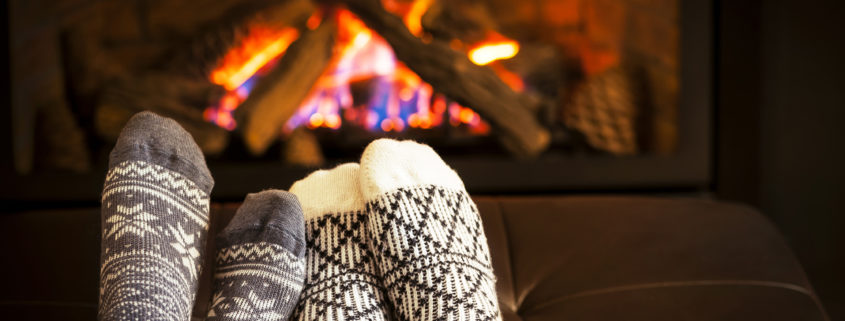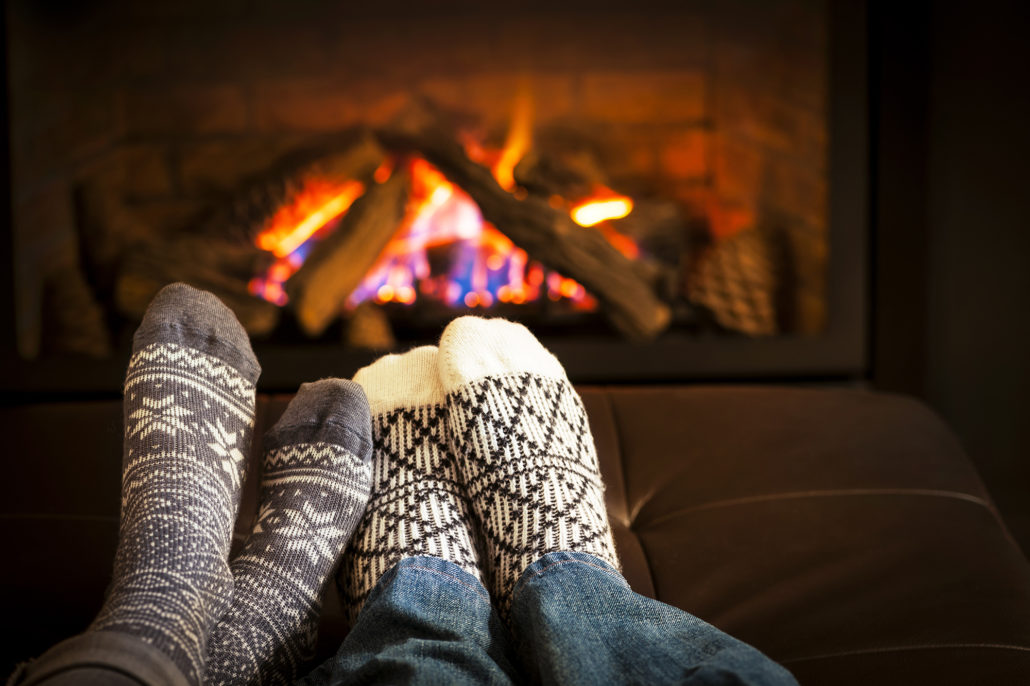How a Wood-Burning Stove or Fireplace Impacts Your Home Insurance Coverage
Wood stoves and fireplaces: undeniable efficiency
Fire has been sued to provide heat for thousands of years. Despite our many technological advancements in this Information Age, fire as a source of heat is still revered for its efficiency and ambience.
In the early 1700’s, German immigrants invented stoves called Five Plates or Jambs. This was often used in the U.S., where they would have the fireplace in the wall.
Wood stove technology has evolved substantially over the years. The 1900’s have seen wood stoves become incredibly safe and reliable sources to heat your home.
‘Tis the season to get cosy in front of the fireplace! Tis’ also going to increase the cost of your home insurance.
In addition to the ambience that a fireplace or wood stove provides, there are many reasons homeowners opt to install wood burners, efficiency and savings on heating costs chief among them.
Unfortunately, these wonderful appliances also result in more expensive insurance premiums. Before you succumb to the romance of a wood burning unit, be sure you understand fully how it will impact your home insurance bill.
The fact is, a fireplace or woodburning stove entails having an open flame indoors. Consequently, this raises your premiums: no matter how modern your fireplace or stove is, the chance of loose sparks increases the likelihood that your insurance provider will have to pay out a claim.
What you pay for your homeowner’s insurance policy will depend on the type of stove or fireplace and whether or not it’s the home’s main heating supply. This feature in your home can potentially add up to $100 or so to your annual premium. Talk to us and get an accurate quote about your particular wood burning unit!
Cross your T’s and dot your I’s when you install your unit to make sure you’ve fulfilled home insurance requirements.
Most insurers will require your stove or fireplace pass a Wood Energy Technology Transfer (WETT) inspection before they’ll provide coverage for your home. An inspector will check if the stove has been correctly installed if it meets building codes and if it is, in fact, safe to use because when a wood stove is not installed correctly it can release harmful pollutants in your home.
Insurers may also require annual fireplace inspections. Common safety issues are buildups of soot or creosote, not having a glass or mesh screen to prevent sparks from lighting the carpet on fire, not having a chimney cap to prevent animals from tumbling down, and not having a carbon monoxide or smoke detector.
If you’ve made the decision to install a wood burning stove or a fireplace, or switch out your existing wood burner for another, be sure to inform your insurance company before you dive in.
Understand that withholding information may save you money in the short run, you are very much putting yourself at risk. If you do suffer a loss related to your stove or fireplace, the insurer WILL find out. Consequently, if they accuse you of not disclosing fully, they can deny your claim and, in fact, void your policy altogether.
Read about how to properly maintain your wood burner to ensure you aren’t denied a claim.
Thinking of installing a wood stove or fireplace in your home? We are happy to give you all the information you need as it pertains to your homeowner’s coverage as well as a free quote – contact us!


